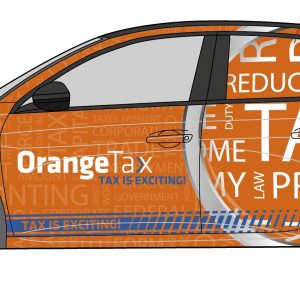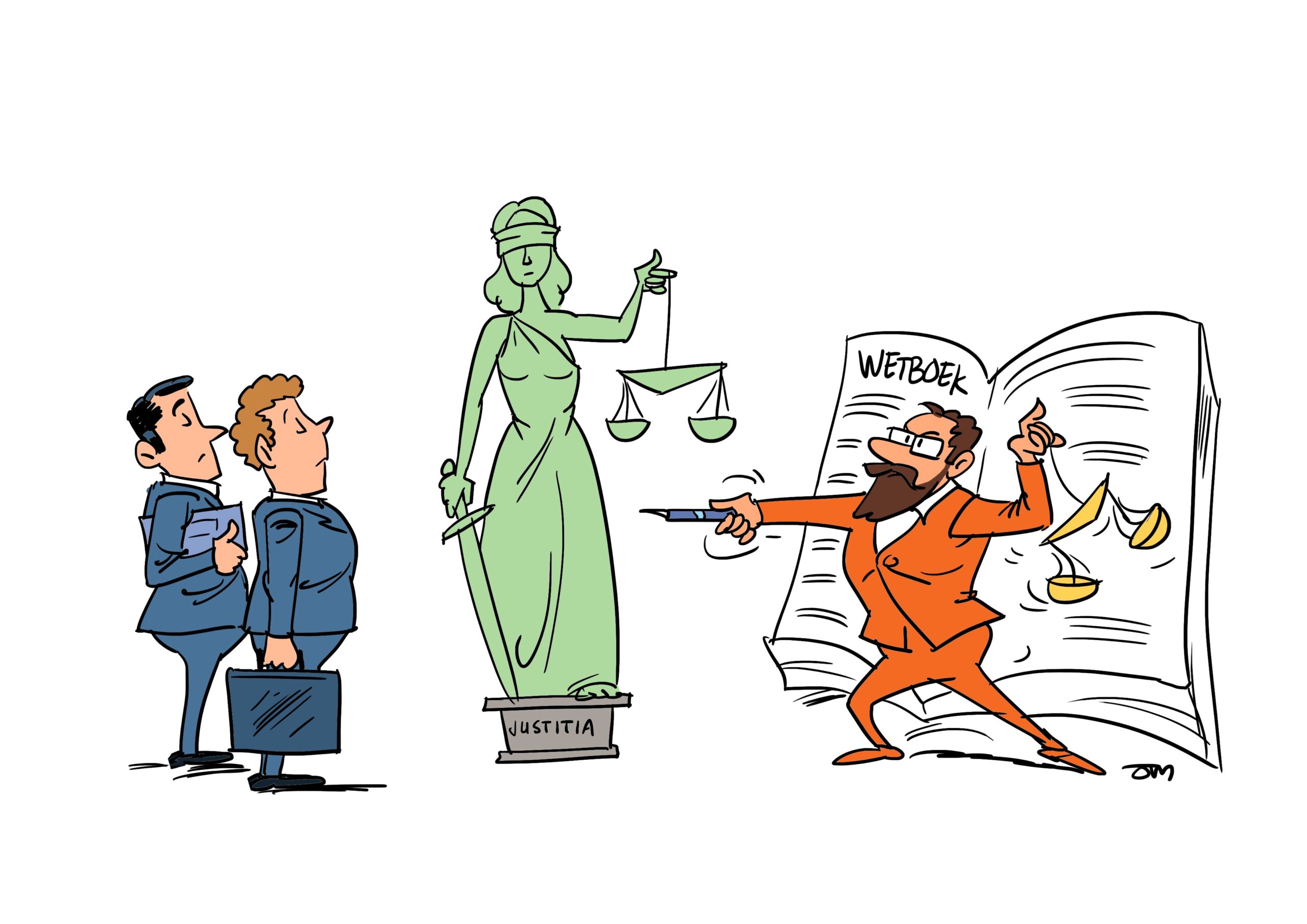The electric company car offers opportunities. Many tax credits are offered, what do they imply?
The electric company car
In the event you have read my articles about the company car, you might have noticed that I am not very font of the company car. The famous question is whether the car should be purchased privately or on the company. If you make the full calculation, that is up to and including selling the car to a third party or yourself, there is hardly any difference.
The electric car is slightly different. If you purchase in 2020 an electric car as private individual you get a EUR 4.000 subsidy. Even though the funds of the 2020 subsidy was open from July 1 and fully consumed on July 1, the Government promised to put more funds in the subsidy and then retro actively it can be used.
The electric company car offers a number of tax benefits:
MIA – Milieu Investeringsaftrek – the environmental investment deduction
The MIA offers a 13,5% tax credit on the electric company car, but is maxed. There is a list of amounts per car, but if you have a regular small full electric car the maximum is EUR 40.000 being the purchase value excluding VAT.
How much is 13,5% MIA tax credit? Let us assume you purchase a EUR 40.000 full electric car that is not a transport car, but a regular car, then you can take 13,5% of EUR 40.000 if you purchased for EUR 40.000 ex VAT a company car being EUR 5.400. If your BV company has a EUR 200.000 or less profit, it is in the 16,5% (2020) corporate tax rate, hence 16,5% of EUR 5.400 is EUR 891 is the amount you pay less in corporate income tax.
So 13,5% MIA tax credit sounds a substantial discount, but in the end it is a marginal discount, but a discount never the less. You will learn that it is the combination of credits that make it interesting.
To be able to apply for the MIA you need to have the E recognizing certificate to be able to communicate with our Government. Please apply for this regardless, if you have a company. Best is level 3. Then to actually be able to claim the deduction you need to apply for the MIA withing 3 months from the moment you signed the agreement of the purchase of the company car. Not from the moment of delivery. If you are outside the three months window, you are too late.
KIA- Kleine Investeringsaftrek – small entrepreneurs investment credit
KIA is not the car brand, but a company tax credit for which normally no family type of car can qualify. For the electric car an exception has been made in 2020. The KIA is a gliding scale of investment credit that goes down the moment the investments go up. If you invested more than EUR 2.400 but less than EUR 58.238, you are in the 28% additional tax credit. That implies on top of your investment you can take a 28% tax credit. If you purchased the EUR 40.000 electric company car that qualifies for this deduction, you can deduct 28% if you are in the 28% bracket of EUR 40.000 being EUR 11.200. If you are in the 16,5% corporate tax bracket, you pay 16,5% of EUR 11.200 being EUR 1.848 less corporate income tax. Again, not a huge amount, but a discount never the less.

Random depreciation
You wonder where is then the big money in deductions? The big money is in the random depreciation. Random is as random as you like. Normally if you invest you need to calculate what is the rest amount at the end of 5 years and the investment value above that amount you are obliged to depreciate in a 5 year time, linear. Regardless if the investment lasts for 5 years.
The exception is made for the full electric car that qualifies for the KIA, you can randomly depreciate. Random implies you can depreciate 100% of the car in 2020 even if purchased on December 31 of 2020. Obviously you have no more to depreciate in the next 5 years and the day you sell the car, you make a profit as you also depreciated the rest value.
If you purchase a EUR 40.000 electric car, you expect it to have a EUR 10.000 value after 5 years, then you can depreciate in 2020 EUR 30.000. That is EUR 30.000 less profit at 16,5% corporate income tax, being EUR 4.950.
Summing it all up
You purchased a EUR 40.000 electric car excluding VAT, you pay EUR 891 less corporate tax due to MIA, you pay EUR 1.848 less corporate tax due to KIA and EUR 4.950 less corporate tax due to random depreciation. That is a total credit of EUR 7.689 you pay less in hard euros when you file your corporate income tax return.
Tax is exciting
Tax is exciting and in my opinion with the goals of our Government it could have been much more exciting if the limit of excitement was not EUR 40.000. If you do a little research you find that not many car qualify, as an electric car is simply still expensive. But if you do find one and you have a discussion with yourself to use it either private or on the company, then we have no answer. The EUR 4.000 private used car is a good subsidy and the max subsidy you can obtain via the company is EUR 7.689. If the car is not for you to use, but for instance for an employee or pool of employees, these are the tax credits you could claim, if you are in time.




